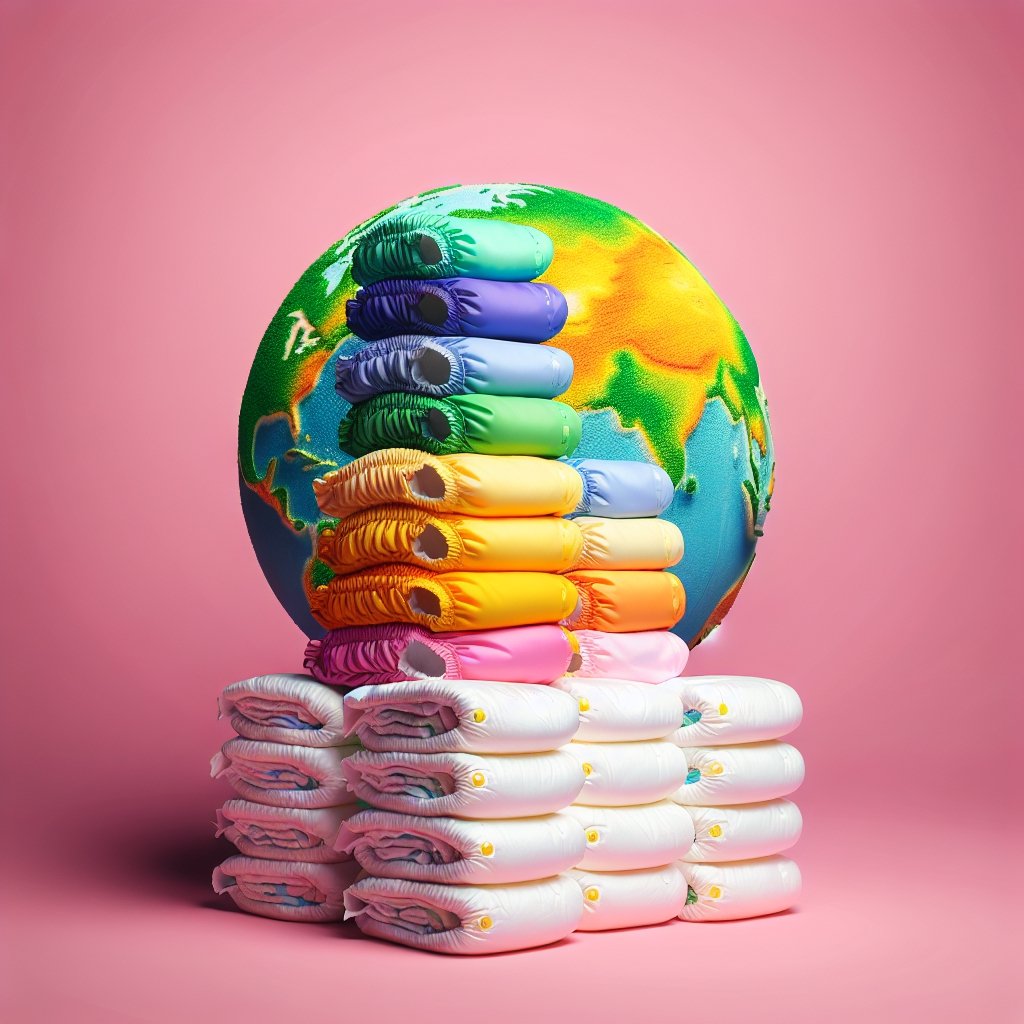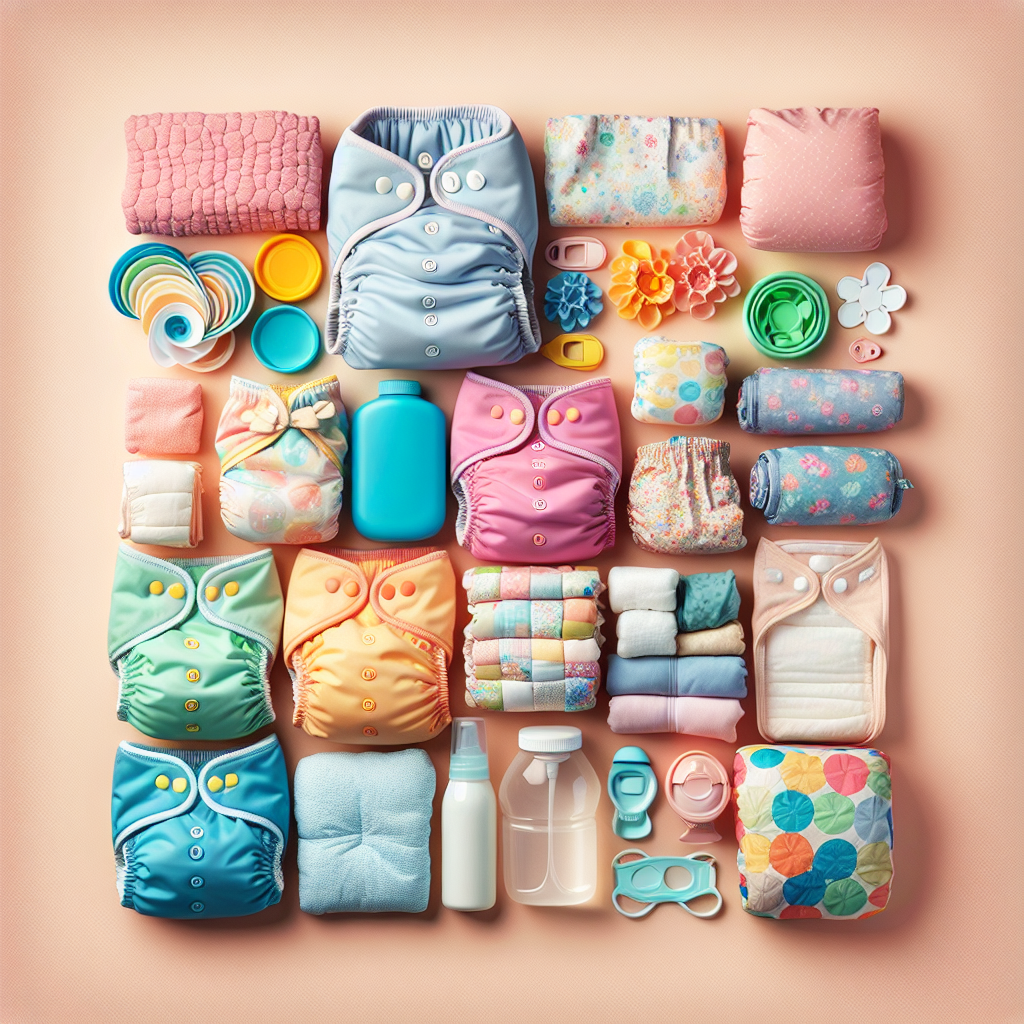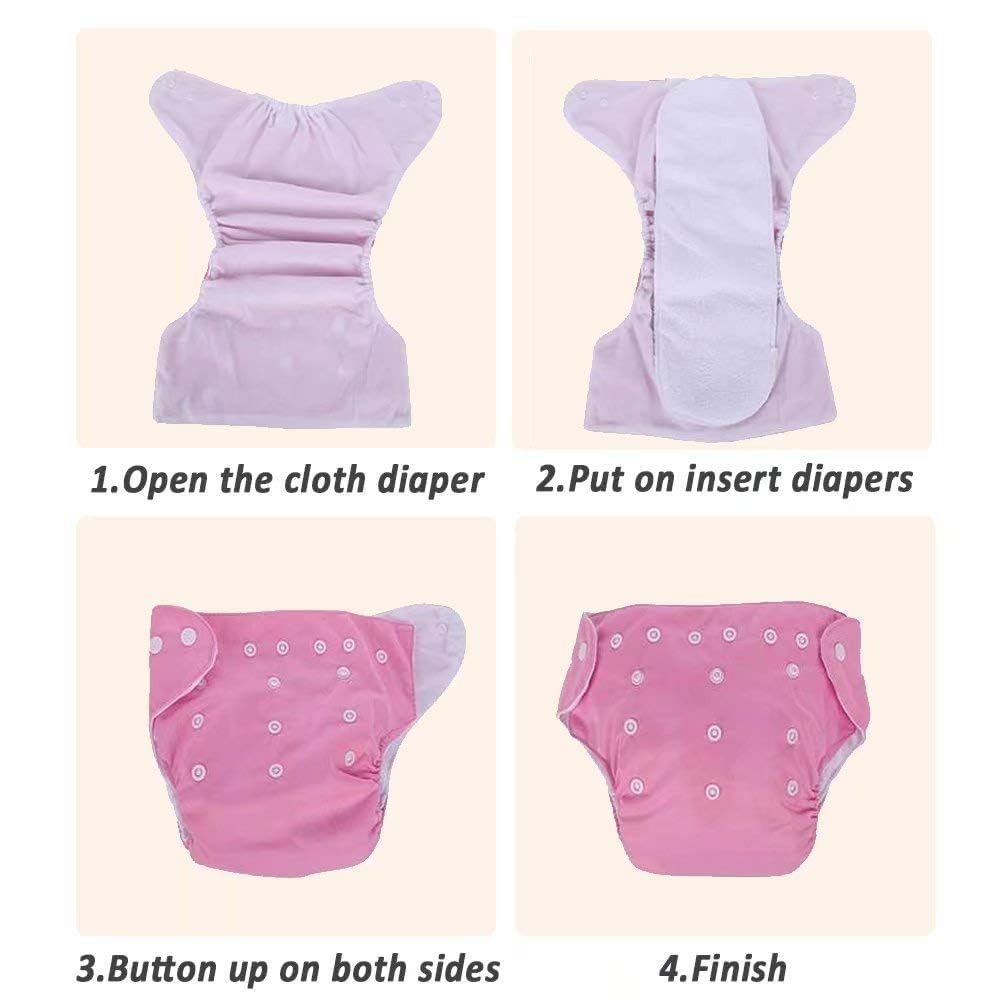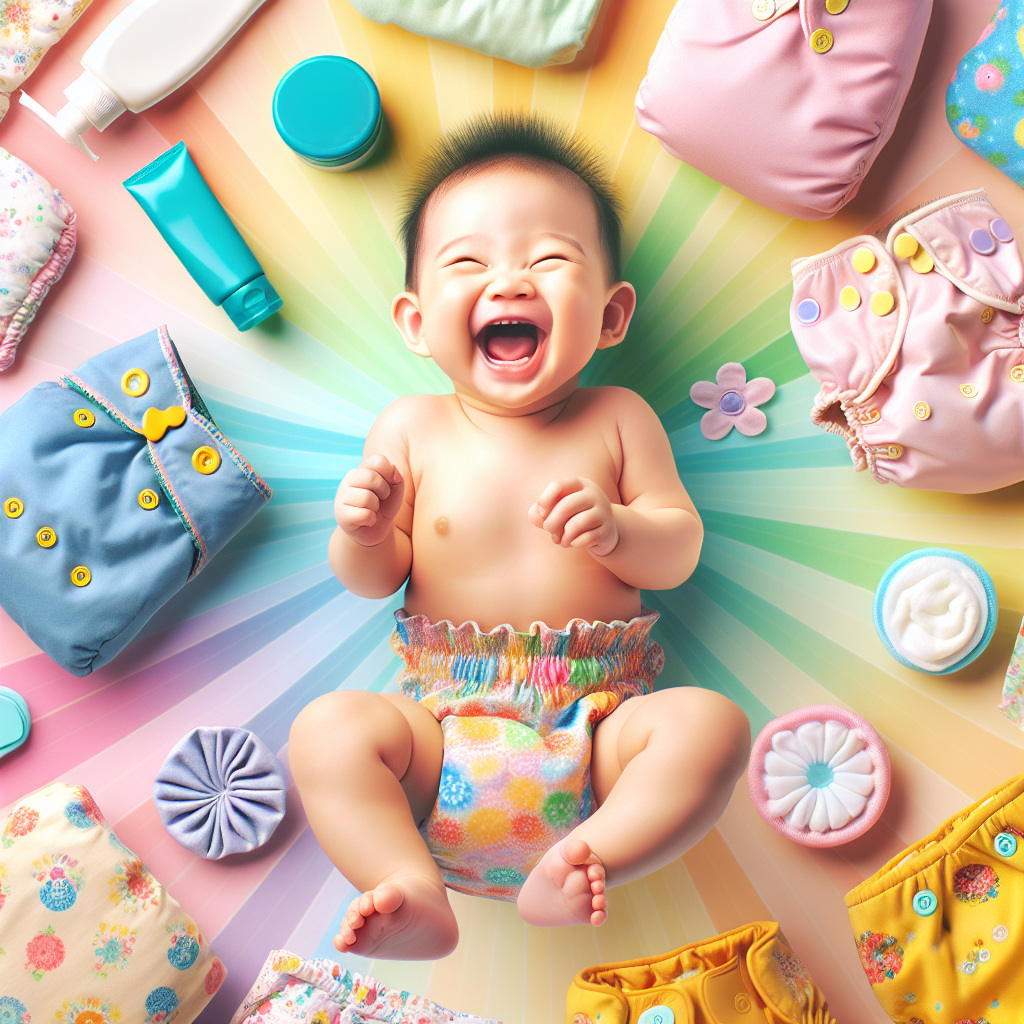In recent years, there has been a significant shift toward sustainable living, and one area gaining considerable attention is eco-friendly diapering. Cloth diapers have evolved tremendously, offering an environmentally responsible alternative to disposable diapers. This beginner’s guide will walk you through everything you need to know about cloth diapering, helping you make an informed decision that’s best for your baby and the planet.
Table of Contents
- Why Choose Cloth Diapers?
- Types of Cloth Diapers
- Prefolds
- Fitteds
- All-in-Ones (AIOs)
- Pocket Diapers
- Hybrid Diapers
- Cloth Diapering Accessories
- Cost Comparison: Cloth vs. Disposable Diapers
- How to Use Cloth Diapers
- Washing and Care Instructions
- Common Misconceptions
- Environmental Impact
- Tips for Successful Cloth Diapering
- Conclusion
Why Choose Cloth Diapers?
Choosing cloth diapers over disposables offers numerous benefits:
- Environmental Responsibility: An estimated 20 billion disposable diapers are thrown into landfills each year in the U.S. alone1.
- Cost Savings: Families can save up to $1,500 per child by opting for cloth diapers2.
- Comfort for Baby: Cloth diapers are made from natural fibers, reducing the risk of rashes and allergies.
- Stylish Options: Modern cloth diapers come in various colors and patterns.

Types of Cloth Diapers
Understanding the different types can help you choose the best option for your family.
1. Prefolds
Description: Rectangular pieces of cloth folded into three sections.
- Pros: Affordable, versatile, quick drying.
- Cons: Require folding and additional covers.

2. Fitteds
Description: Shaped like disposables with elastic legs and snaps or Velcro.
- Pros: Easy to use, excellent absorbency.
- Cons: Need a waterproof cover, longer drying time.
3. All-in-Ones (AIOs)
Description: The absorbent layer is sewn into the waterproof cover.
- Pros: Convenient, no assembly required.
- Cons: Longer drying time, more expensive.
4. Pocket Diapers
Description: Waterproof outer shell with a pocket to insert absorbent material.
- Pros: Customizable absorbency, quick drying.
- Cons: Need to stuff and unstuff inserts.
5. Hybrid Diapers
Description: A combination of reusable and disposable components.
- Pros: Flexible use, eco-friendly disposable options.
- Cons: Can be costly, may still produce some waste.
Table 1: Comparison of Cloth Diaper Types
| Type | Ease of Use | Drying Time | Cost | Absorbency | Customization |
|---|---|---|---|---|---|
| Prefolds | Moderate | Fast | Low | Good | High |
| Fitteds | Easy | Moderate | Medium | Excellent | Moderate |
| All-in-Ones | Very Easy | Slow | High | Good | Low |
| Pocket Diapers | Easy | Fast | Medium | Good | High |
| Hybrids | Easy | Fast | High | Variable | High |
Cloth Diapering Accessories
To enhance your cloth diapering experience, consider these accessories:
- Diaper Pail/Liner: For storing soiled diapers before washing.
- Wet Bags: Waterproof bags for on-the-go storage.
- Diaper Sprayer: Attaches to the toilet for easy cleaning.
- Cloth Wipes: Reusable wipes to complement cloth diapers.
- Snappi Fasteners: Modern alternatives to diaper pins for securing prefolds.

Cost Comparison: Cloth vs. Disposable Diapers
Average Cost Over 2.5 Years (the typical diapering period):
- Disposable Diapers: Approximately $2,000 to $3,0003.
- Cloth Diapers: Initial investment of $300 to $800, plus minimal utility costs.
Table 2: Estimated Diapering Costs
| Expense | Cloth Diapers | Disposable Diapers |
|---|---|---|
| Initial Investment | $300 – $800 | $0 |
| Ongoing Costs | $200 (utilities) | $2,000 – $3,000 |
| Total | $500 – $1,000 | $2,000 – $3,000 |
Note: Costs vary based on brand choices and laundering methods.
How to Use Cloth Diapers
Using cloth diapers is straightforward:
- Preparation: Pre-wash new diapers to increase absorbency.
- Assembly: Depending on the type, assemble the diaper (insert absorbent layers if necessary).
- Fitting: Place under the baby, ensuring a snug fit around the legs and waist.
- Securing: Use snaps, Velcro, or fasteners to secure the diaper.

Washing and Care Instructions
Proper care extends the life of your diapers:
- Storage: Keep soiled diapers in a dry pail or wet bag.
- Pre-Rinse: A cold rinse cycle helps remove waste.
- Main Wash: Use a hot water cycle with a cloth-diaper-safe detergent.
- Extra Rinse: Removes any detergent residue.
- Drying: Line drying extends the diaper’s life; sun exposure can naturally bleach stains.
Washing Frequency: Every 2-3 days to prevent odors and mildew.
Common Misconceptions
Myth 1: Cloth Diapering Is Messy and Inconvenient
- Reality: Modern designs and accessories make cloth diapering as convenient as disposables.
Myth 2: Cloth Diapers Leak More than Disposables
- Reality: Proper fit and absorbency levels prevent leaks effectively.
Myth 3: Cloth Diapering Is Expensive
- Reality: While the initial investment is higher, long-term savings are substantial.
Environmental Impact
- Landfill Reduction: Cloth diapers can reduce your household waste by an estimated 50%4.
- Resource Consumption: Although laundering uses water and energy, high-efficiency appliances and eco-friendly detergents minimize the environmental footprint.
- Reusable Materials: Cloth diapers can be used for multiple children or resold.
Tips for Successful Cloth Diapering
- Start Small: Try a few types to see what works best.
- Build a Stash: Aim for 20-24 diapers for full-time cloth diapering.
- Stay Prepared: Keep extra diapers and wet bags when traveling.
- Join Communities: Online forums and local groups offer support and advice.
- Monitor Fit: Adjust sizing as your baby grows to prevent leaks.

Conclusion
Cloth diapering is a sustainable, cost-effective, and baby-friendly option that’s easier than ever before. By understanding the types, costs, care instructions, and benefits, you can confidently make the switch to eco-friendly diapering. Not only will you be contributing positively to the environment, but you’ll also provide a comfortable and safe diapering solution for your little one.
Disclaimer: The information provided in this guide is for educational purposes and should be tailored to individual circumstances.

